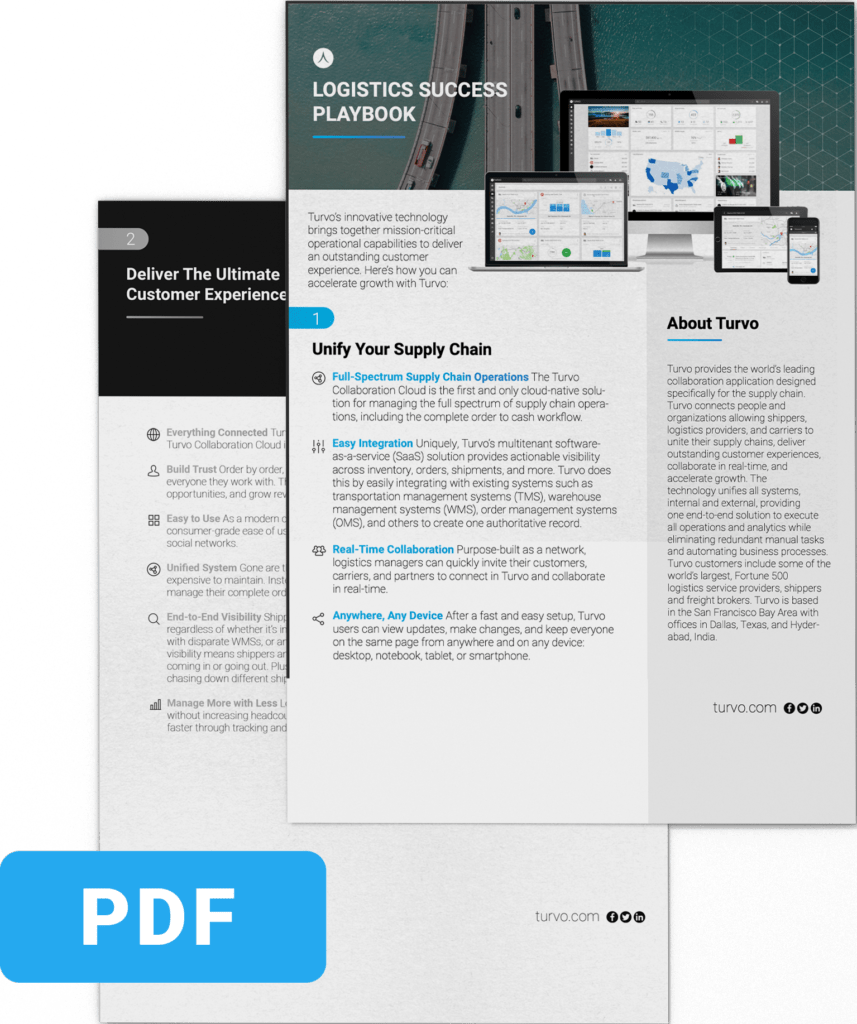Third-party logistics, or 3PLs, help outsource business operations such as supply chain and logistics. The global demand for 3PL (third-party logistics) services is increasing due to the rapid rise of e-commerce. The worldwide 3PL industry, estimated at roughly $1 trillion in 2020, is predicted to reach $1.75 trillion by 2026 due to the COVID-19 epidemic. 3PLs have served as the global economy’s engine in the “new normal”, keeping the wheels turning for businesses and customers.
E-commerce sales increased as a result of the epidemic post-2020. Today, e-commerce accounts for a record 36.1% of total retail sales, representing a 77.6% growth over February 2020.
Key trends in 3PL operations
The key trends in 2022 for 3PL operations strive to automate processes and give better insight into customer and shipper expectations, dominated by technology and supply chain data analytics. Here are some of the key trends that are gaining popularity in 2022:
- Workflow automation will bring 3PL enterprises closer to their clients through increased electronic cooperation reducing TATs and improving customer experience.
- Collaborative Transport Management Systems (CTMS), Warehouse Management Systems, freight monitoring, and customer service will help eliminate operational inefficiencies and delays and enhance ROI with the more innovative, reliable 3PL offering.
- IoT and mobile apps will prioritize flexibility over age-old paper record management, allowing for smooth order processing and fulfillment regardless of geographic location. Integration of IoT in the TMS will ensure better control of fuel costs, reduced delays, and improved transport safety of people and even products.
- Current and past data analytics will help better understand how to construct future predictive business models and provide customized offerings to the customers.
The 3PL challenges
Components enabling third-party logistics include critical functions like warehouse management, order fulfillment, and inventory management and thus serve as the heart of any supply chain. But there are many challenges faced by 3PLs today, especially with the uncertainties created with COVID, like canceling flights, reduced global supply chain capacities, etc.
But despite the challenges faced by 3PLs, Supply Chain Agility has become critical for many businesses after months of delays and uncertainties. 3PL’s operations, processes, and real-time insights must be created and made available to the customers to achieve that agility. However, logistics operations are complicated, posing many hurdles for 3PLs to achieve this exceptional quality in scattered supply chains leading to changing priorities and chaos.
Here are some of the reasons that add to the difficulties of 3PLs:
- Poor end-to-end visibility: 3PL operations lack end-to-end visibility, particularly last-mile deliveries. Information sharing with 3PL partners is done only a few days in the future. Such short-horizon leads to planning errors, lower predictability, and impact customer happiness.
- Unpredictable demand spikes: High order volumes necessitate prior planning, demand estimations, and resource allocation at the 3PL end. It makes unplanned demand a significant issue even for the biggest of 3PLs.
- Warehousing issues: High absenteeism amongst staff, significant transportation limitations, and higher prices are still issues throughout different parts of the global supply chain, leading to high operating costs for 3PLs.
3PL solutions: Navigating through the “new normal”
Finding and maintaining clients was highlighted as a concern by 67% of 3PL suppliers in a 2020 poll. Here’s how 3PL providers may resolve the problems discussed above to enable seamless operations and assure effective delivery of services to the customers:
Agility
The agility of a 3PL can become the differentiating factor for the customers. A robust TMS that provides real-time updates to the customers and clear expectations of the delivery dates can enhance customer satisfaction.
Innovation
To cope with labor, freight movement, and distribution networks, 3PLs should embrace change. It is critical to use technology to monitor real-time visibility quickly and provide innovative solutions such as collaborative TMS, which increases the partnership of 3PLs with the customers. Warehouse automation may help with storage and retrieval, while omnichannel distribution support can help with intelligent sales fulfillment.
Value add
3PLs should look for ways to improve the value of their current services. Aside from storage and transportation, the new normal will necessitate value-added services like light assembly, returns, faster customer care, and on-demand inventory visibility for 3PL operations.
If you are looking for great Collaborative TMS solutions, Turvo is the right partner. Turvo provides the world’s leading Collaborative TMS application designed for the supply chain. Turvo connects people and organizations, allowing shippers, logistics providers, and carriers to unite their supply chains, deliver outstanding customer experiences, collaborate in real-time, and accelerate growth. The technology unifies all systems, internal and external, providing one end-to-end solution to execute all operations and analytics while eliminating redundant manual tasks and automating business processes. Turvo’s customers include some of the world’s most considerable Fortune 500 logistics service providers, shippers, and freight brokers. Turvo is based in the San Francisco Bay Area with offices in Dallas, Texas, and Hyderabad, India. Request a Turvo Demo.









